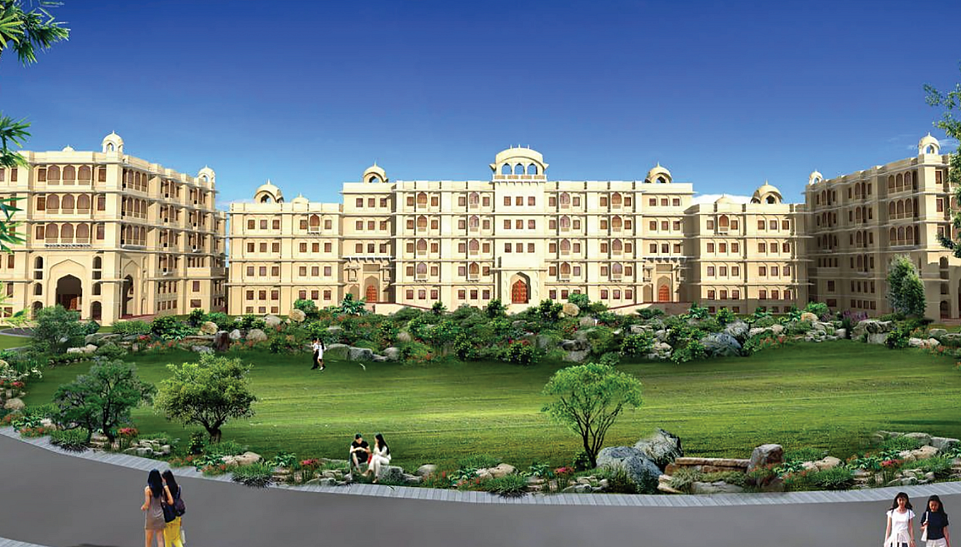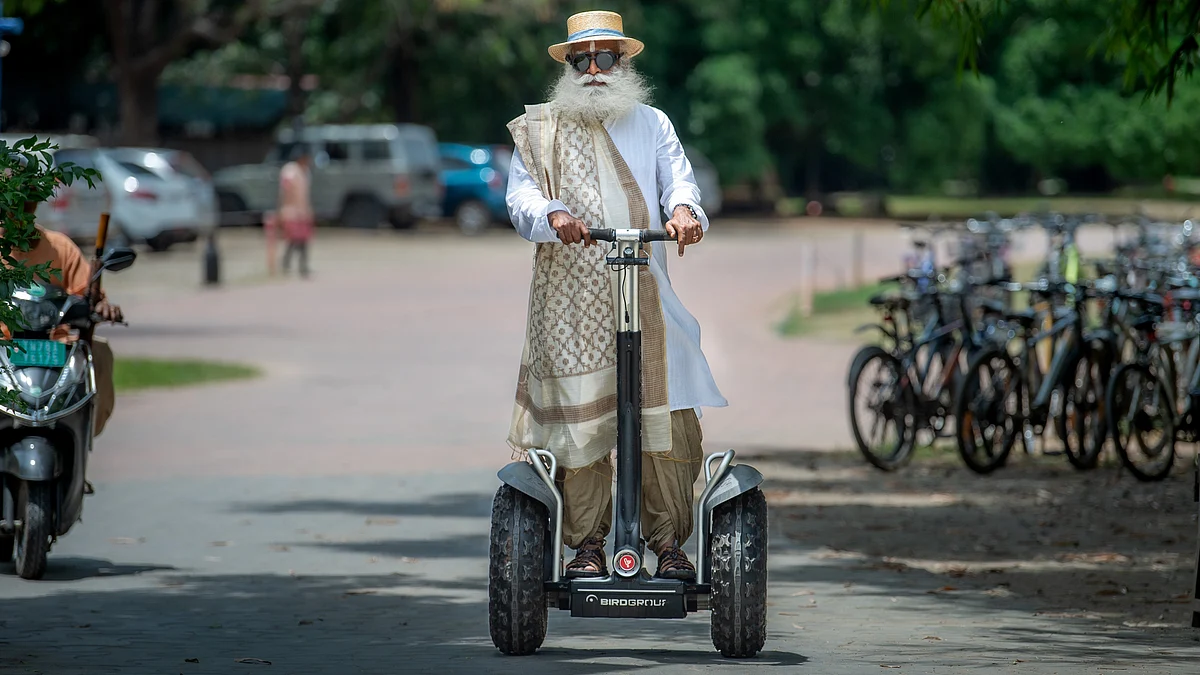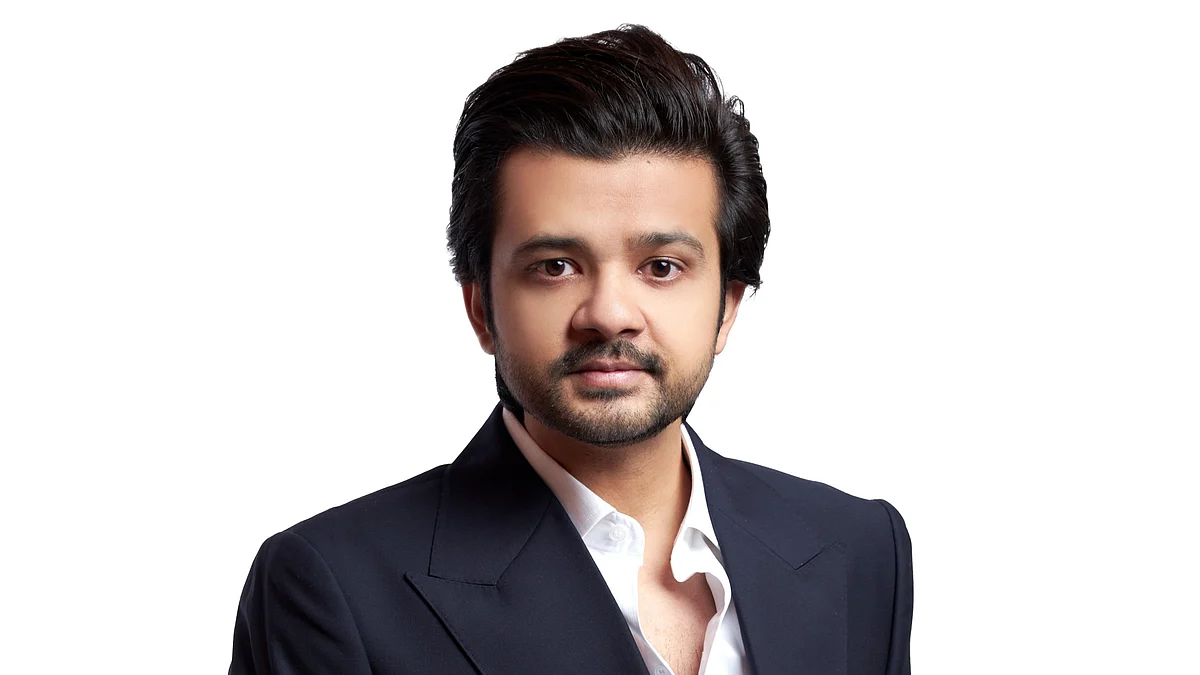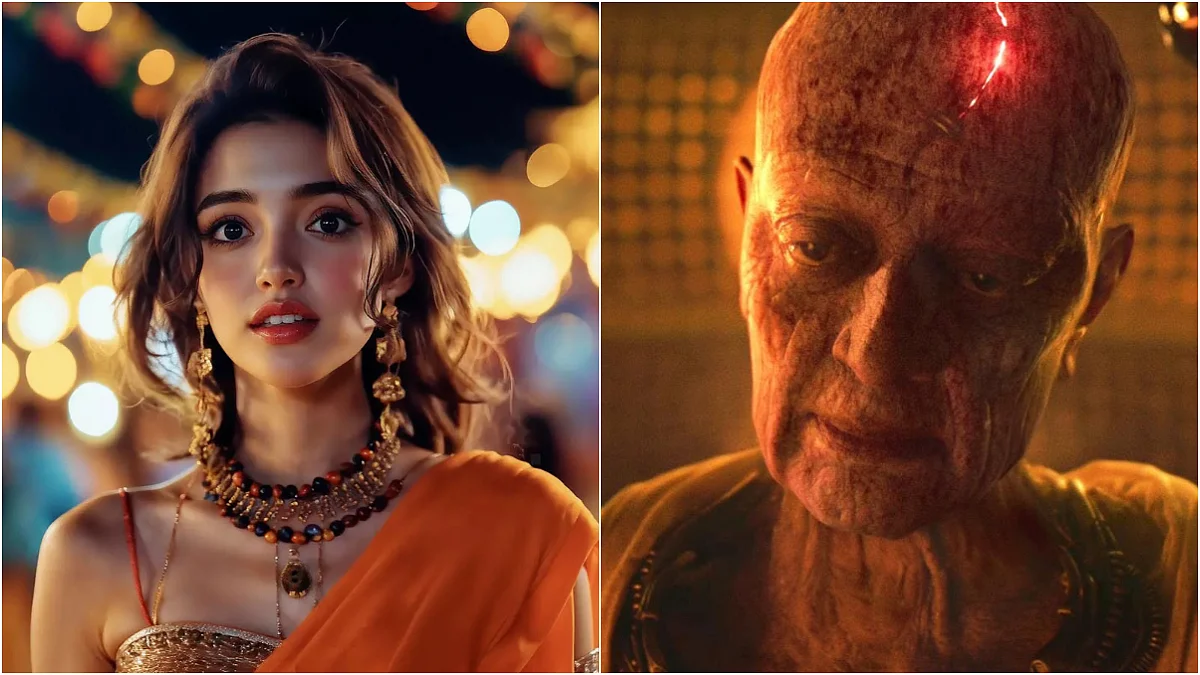We are living in times when attention spans are shrinking, and entertainment is consumed through screens. Indian theatre life for centuries has been boldly evolving by embracing technology, not just as embellishment but as an essential storytelling device.
The traditional proscenium is now a gateway to digital spaces, thanks to directors, designers, and performers who are reimagining live performances with AI-generated projections, VR, motion capture, interactive voting, and kinetic LEDs.
From epic retellings to immersive site-specific dramas, the Indian stage is transforming into a space where audiences are no longer just the spectators but participants in a hybrid world of imagination and magic.
Recreating Worlds
Imagine watching the epic tale of the Mahabharata being staged and suddenly Hastinapur comes alive through a blend of LED screens, graphic design, and recorded scores.
"Now it's possible to take audiences from a battlefield to a castle. Although it depends on the script and how the technology should be used. It can't be the other way around," says Ruchi Bhargava, theatre actor and director, who has been using projectors to showcase the real locations and events in her plays for over a decade.
"Audience starts connecting with it. Metaphors are best presented through technology, and theatre is about experimenting, so why not," adds the director.
This integration is also evident in late Girish Karnad's Broken Images, performed by Shabana Azmi. It is considered to be one of India’s best experiments with live-video integration. The play features Azmi performing alongside a 45-minute pre-recorded video of herself – an exploration of mediated selves that’s also described as "a marvel of human precision".
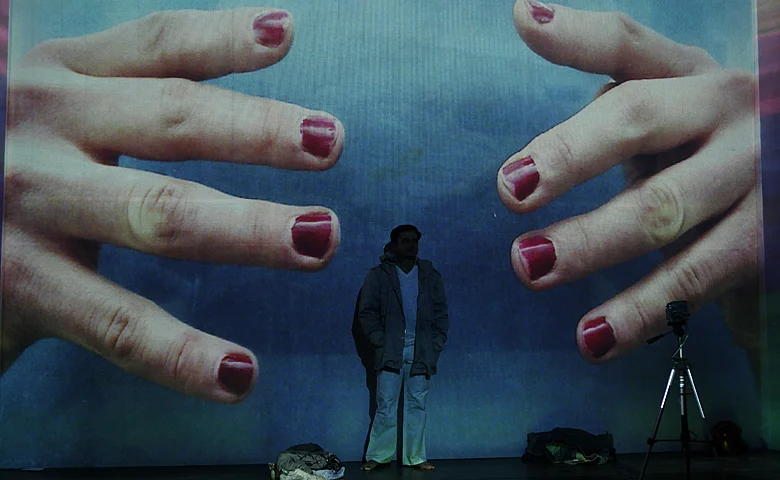
Stories Meet Digital Magic
Another technical feat in Indian theatre was by noted theatre director Atul Kumar of The Company Theatre. He took a different route in Detective Nau-Do-Gyarah (9-2-11), where he employs live cameras to feed magnified expressions onto stage screens.
“It brought a new speed to Indian theatre, and it doesn’t distract from the play or its story. It is an integration that rather complements the storytelling," says Preeti Dubey, a theatre actor and director, who also witnessed the play. Kumar also used AI-generated projections in his play The Curious Incident of the Dog in the Night-Time.
Interestingly, these interventions complement the story and give ideas for future possibilities of VR as a fully immersive experience in theatre. "It’s a slow move toward AI and technology. There are already devices available where theatre can be experienced differently," says noted theatre director and former National School of Drama alumnus Utpal Jha.
Film and television actress and theatre director Shernaz Patel’s play Twelve Angry Jurors is a visually immersive experience for the audience. She used traditional set pieces like windows doubled up as projection screens. Evidence, mood shifts, and psychological tensions were projected with narrative flow.
“It’s a mix of better sound, lights, and the use of hydraulics and projection. All of this can enhance the storytelling process and overall theatre experience," said Patel during our last conversation with her after the play.

Stars Dancing, Votes Flashing
But nothing quite captured the imagination like Aadyam Theatre’s production, Sing India Sing, where the director showed a live audience voting in real time. The digital backdrops, along with choreography and lighting, elevate the entire experience and make it interactive. In the play, one sees that theatre isn't live, but it's alive.
Shruti Sharma's Disney's Aladdin, a Broadway musical, brought childlike wonder to new technological heights. The magic carpet sequence wasn’t just imagination but a thoughtfully engineered spectacle that involved LED kinetics. “It looked like the stars were dancing, and it was all magical," says Aarti Mehendiratta Sinha, who witnessed the performance in Delhi.
Meanwhile, Feroz Abbas Khan’s Mughal-e-Azam: The Musical adopted a Broadway-scale production, combined Urdu-Hindi dialogues with LED subtitles and widescreen visuals to bring that opulence, culturally rich spectacle on stage. The musical’s grandeur was even performed at Times Square in New York. This shows that Indian theatre is not just catching up to global standards but setting new benchmarks.
Director Amitesh Grover, an NSD graduate and a recipient of the Sangeet Natak Akademi award, has dived even deeper into multimedia territory. His works, like Electronic City, Hamlet Quartet, and Strange Lines, blend live camera feeds, motion tracking, TV screens, and real-time video to create hybrid performances that blur the boundaries between live theatre and cinema.
Theatre experts say that Grover’s approach should be considered as a study about how multimedia can be used within the performances rather than being appended as an afterthought.
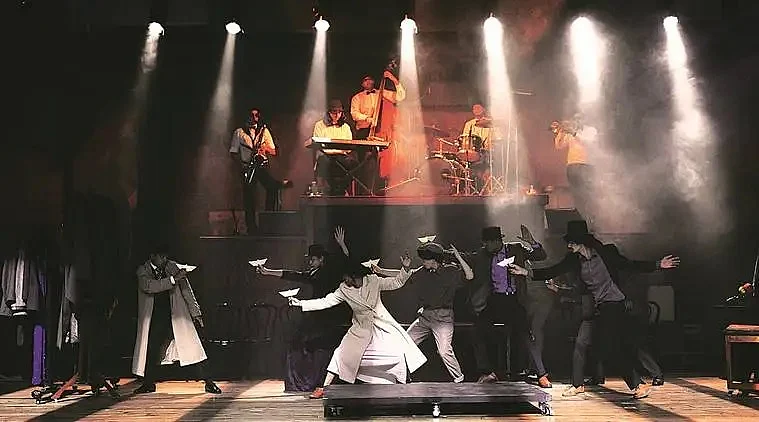
Where Stages Disappear
Down South in Kerala, theatre director Deepan Sivaraman broke from conventional theatre spaces when he formed Oxygen Theatre. He staged a play titled Khasakkinte Ithihasam as an open-air production fused with video, puppetry, fire, and land art to recreate folk narratives in sensorial, site-specific environments. The appearance? Lush and tactile experience where the audience is immersed in the world rather than observing from a distance.
Chennai-based theatre director Aruna Ganesh Ram’s Coloured and Choosing also engages audiences through touch and surprise environments. Similarly, Delhi’s micro-dramas and open-air adaptations like Dr. Jekyll and Mr. Hyde have been played out across real-world settings where the audience moves through scenes, trucks, and travels through urban cities during the play – the distinction between performance space and lived space is blurred with the use of immersive experience using technology.
"Theatre is about evolving and being relevant. From storytelling to presentations. You see, there was no stage, but then came the amphitheatre and proscenium theatres. People used to dramatise their daily experiences in the evening for their neighbours, and then the scripts of mythology came into the theatre. People started writing plays and then experiments started happening in the way they would present their stories. Technology in theatre is very much welcomed, however, the essence of storytelling should be intact," says Dinesh Pradhan, senior theatre actor and director and FTII, Pune graduate.
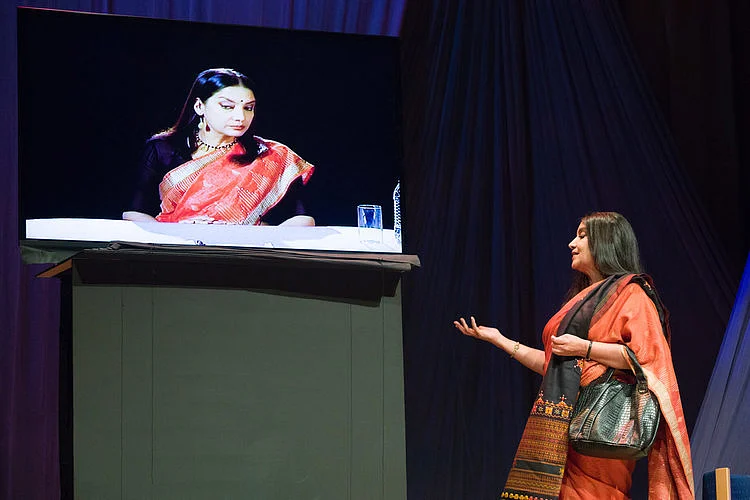
Not Just Spectacle
This is made possible with the efforts of custodians who have been paying attention to improve theatre infrastructure. Centres like Nita Mukesh Ambani Cultural Centre (NMACC) in Mumbai boast Dolby Atmos sound, advanced lighting systems, and AI/VR capabilities. This shows that technological limitations are no longer barriers for Indian theatre practitioners.
“LED screens now make up the backdrops in multiple plays. Indian productions now show technical strength and sophistication," says Mime director Siraj Ahmed Bhati, who uses projectors and LED lights for his elaborate mime performances across the country.
Interestingly, theatre practitioners in India are not using technology only to impress the audience but also to drive their storytelling and evolve it. "We are moving toward the time when theatre can be experienced in ways that we only imagine. If we say there’s the moon, let’s bring the moon on the stage and let the audience feel it," says veteran theatre director Ratan Thiyam.

As the theatre scene evolves in India, the audience is no longer a passive recipient but active participant in a digital-physical hybrid where every moment has interaction with the situation. This was long missing in theatre. Though the conventional theatre is not going anywhere, with technology, Indian theatre reclaims its authority in modern times with better aesthetics rooted in the core philosophy of storytelling.



